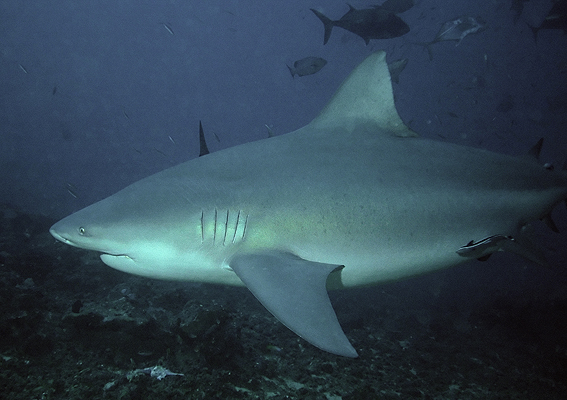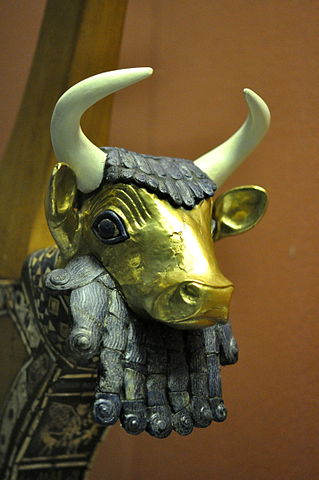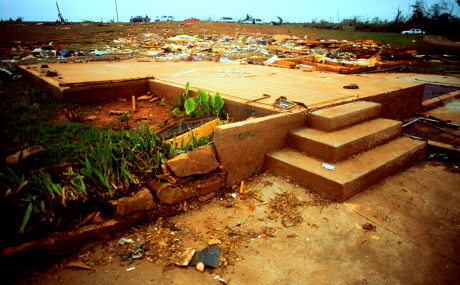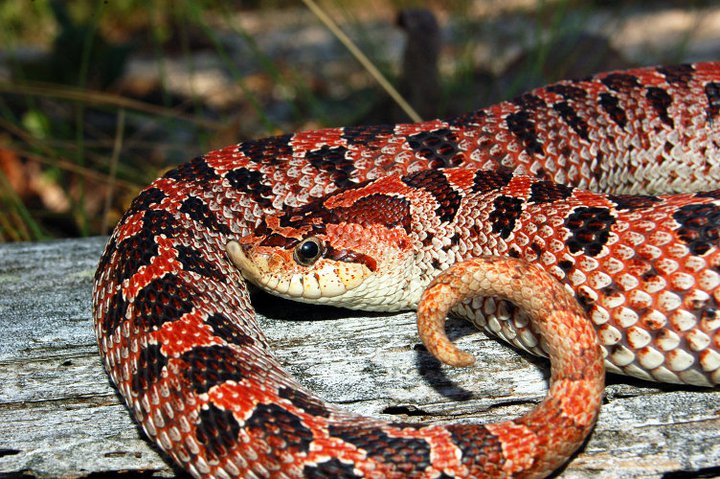We just learned about the ancient sculpture the
Trundholm Sun Chariot.
Another ancient sculpture is called Ram in a Thicket.
This is a sculpture of a ram that is caught in some sort of a bush. There were two of these sculptures found, and they seem to be a pair that stood across from each other.
The person that found them named them ram in a thicket after the story of Abraham where God provided a ram for him to sacrifice.
Since it was very old and had been buried under a lot of dirt, some parts of the statue were rotten and had to be remade to try and make it look like it did long ago.
This sculpture has a wooden middle, that was carved for the face and legs.
The head and legs are covered in gold leaf hammered to the wood and stuck there with a sticky black gooey oil called bitumen or asphalt.
The ears are made of copper which has turned green.
The ram's horns and fleece on it's shoulders are made of lapis lazuli.
The fleece on the body is made of shells stuck to bituman.
It's belly is made of silver plate.
The tree or bush is covered in gold leaf and gold flowers.
It is standing on a small rectangle covered in shells, red limestone and lapis lazuli.
There used to be small silver chains around the ram and trees, but those were too old to recover.

(from: wikipedia -
ram in a thicket)
Kid Facts - Blast from the past: Relativity - M.C. Escher






























